The current Montgomery County Jail complex was completed in 1993, incorporating the county jail building at 330 West Second Street which had been built in 1965.
But in Dayton’s earlier days, its jail occupied several other locations around town, most notably next to the Old Courthouse for many years.
Dayton’s First Jail
A jail was first needed in Dayton after George Newcom was elected to be the first Sheriff of Montgomery County in 1803.
Newcom’s 1796 residence, now relatively famous, had been serving as a makeshift jail but it was pressed for space, given that it was also a tavern, hotel, general store, courthouse, and church.
So Newcom “met his need for a jail by lowering prisoners into a dry well with a rope and by chaining prisoners to a corncrib.”
A proper log jail building was built that year in 1803, which was replaced with a new structure in 1818.
That new jail was considered unsafe by the 1830s, as overcrowding forced multiple prisoners to share a single cell.
On one occasion “when several prisoners were thus confined, they had worked a hole through the wall and were on the point of escaping when timely discovery frustrated the attempt” (Drury).
In 1845, a jail was built at the northwest corner of Sixth and Main Streets, which served the county for roughly three decades but it too was regarded as inadequate for much of that time.
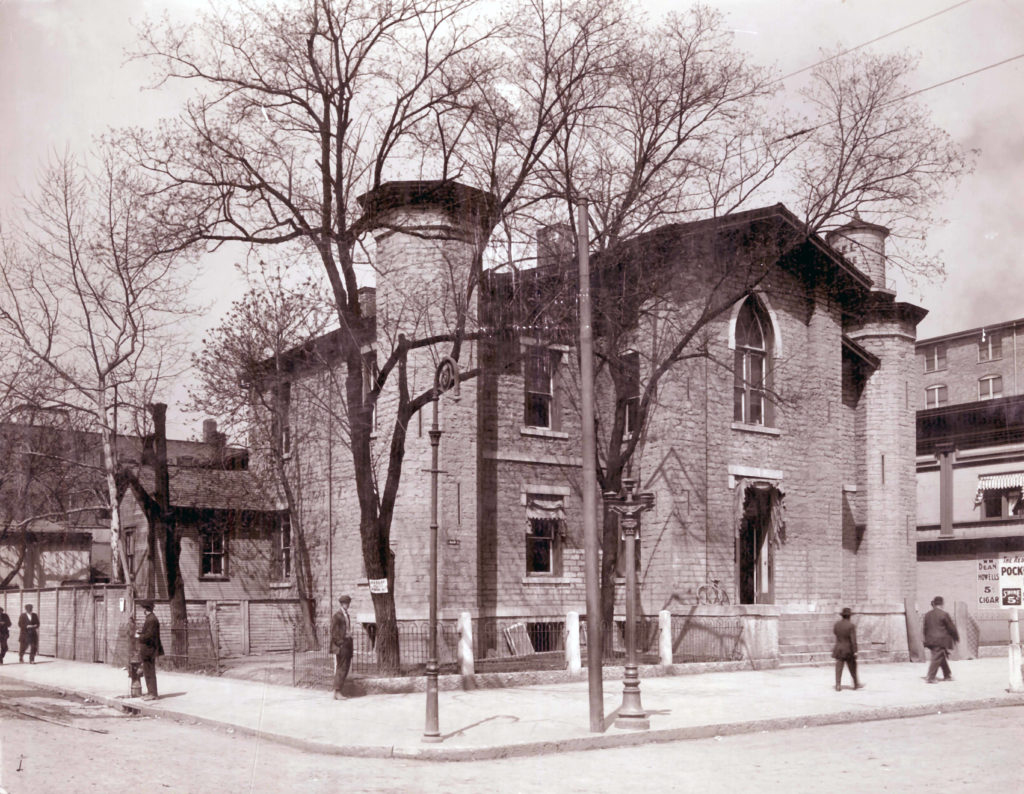
In 1874, a jail was constructed just west of the Old Courthouse on Third Street.
The previous jail at Sixth and Main became the City Work House.
That building was demolished in 1933, and some of its stone was used in the garage that took over the same spot.

The construction contract for the new jail was awarded to Marcus Bossler (whose grand mansion still stands on Dutoit Street in St. Anne’s Hill) and this jail was larger and grander in appearance, topped off by a mansard roof.
It was considered to be more secure than the previous jail, but over the years there were still escape stories, including one prisoner who got out by “sawing a circular opening through the ceiling of his cell” (Drury).
This jail survived longer than any of its predecessors but was demolished in the 1970s (along with the 1884 new courthouse), for the construction of Courthouse Square.
The site today provides public meeting spaces, summer entertainment complete with food trucks, and a grand Christmas tree illumination for the Dayton Holiday Festival.
A Dayton historian wrote in 1909 that the jail and new courthouse were “the first public buildings making the change from an irregular half-conscious town to an awakened city of solid character and teeming life.”
But today the only survivor is the old courthouse which is now considered one of the finest examples of Greek Revival architecture in the United States.
Images courtesy of the Dayton Metro Library
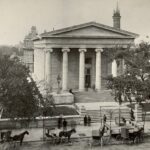
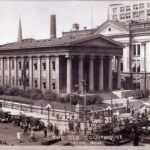
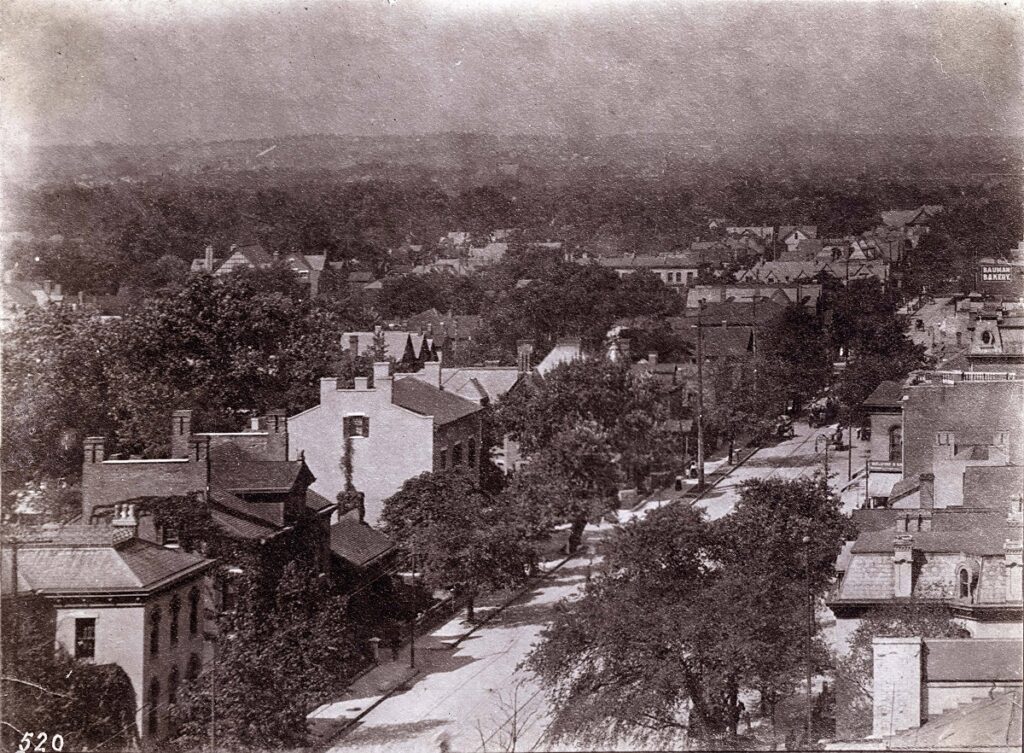
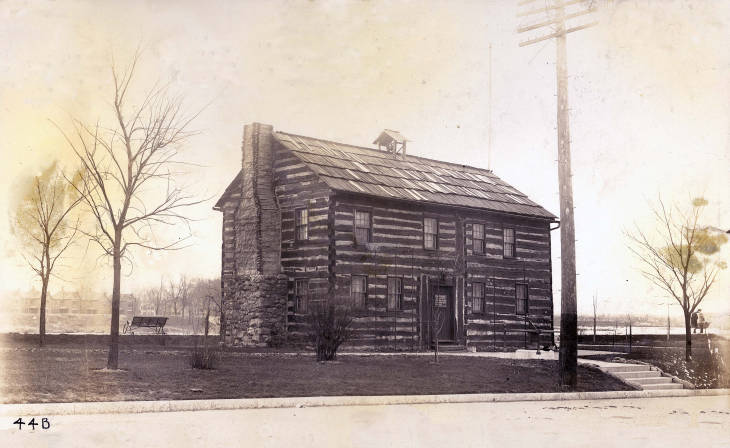
Leave a Reply